Save on Fertility: Ovarian Rejuvenation Mexico
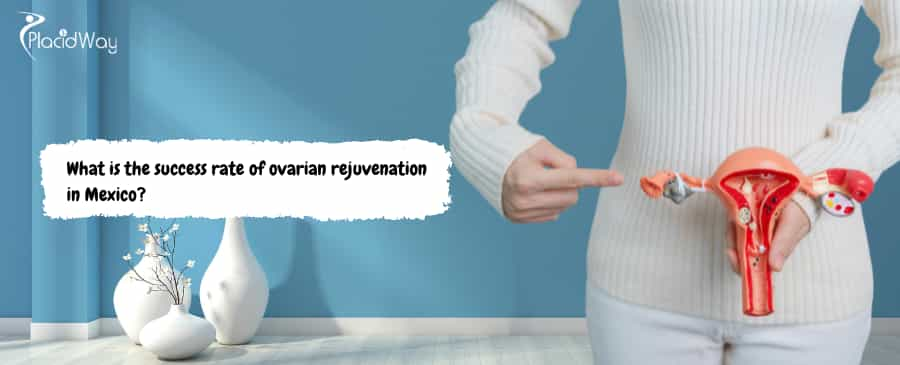
Are you exploring options to enhance your fertility and wondering about the success rate of ovarian rejuvenation in Mexico? You're not alone. This cutting-edge treatment is gaining popularity as a beacon of hope for women facing challenges with ovarian function. In this comprehensive guide, we'll delve into the details of ovarian rejuvenation in Mexico, answering all the pressing questions you might have.
Ovarian rejuvenation aims to improve ovarian function, potentially leading to better egg quality and an increased chance of conception. Mexico has become a prominent destination for this procedure due to its advanced medical facilities, experienced specialists, and more accessible costs compared to many other countries. While a single, definitive success rate is difficult to pinpoint, the effectiveness of the treatment is influenced by various factors, including the patient's age, overall health, and the specific technique used.
What is the typical success rate of ovarian rejuvenation in Mexico?
"The success rate of ovarian rejuvenation in Mexico can vary significantly, with some clinics reporting improvements in ovarian function in up to 80% of patients, while pregnancy rates after the procedure are typically in the range of 10-25%. It's crucial to understand that 'success' can be measured in different ways."
The term "success" in the context of this procedure isn't a one-size-fits-all metric. For some, success might mean the resumption of the menstrual cycle after premature menopause. For others, it could be an increase in Anti-Müllerian Hormone (AMH) levels, which indicates a better ovarian reserve. Ultimately, for many, the desired outcome is a successful pregnancy, either naturally or through assisted reproductive technologies like IVF.
It's important to have realistic expectations. While many women experience positive outcomes, a successful pregnancy is not guaranteed. The success of the treatment is highly dependent on individual factors such as your age, the underlying cause of your fertility issues, and your overall health. Clinics in Mexico are often transparent about the potential outcomes and will conduct a thorough evaluation to determine if you are a good candidate for the procedure.
What are the different types of ovarian rejuvenation available in Mexico?
"The most common type of ovarian rejuvenation in Mexico is Platelet-Rich Plasma (PRP) therapy. Some clinics also offer more advanced treatments like stem cell therapy and NAD+ infusions."
Platelet-Rich Plasma (PRP) Therapy: This is the most widely practiced form of the treatment. It involves drawing a small amount of your own blood, processing it to concentrate the platelets, and then injecting this platelet-rich plasma directly into the ovaries. The growth factors in the PRP are thought to stimulate dormant follicles and improve the overall ovarian environment.
Stem Cell Ovarian Rejuvenation: This is a more advanced and less common procedure. It involves harvesting stem cells, often from your own adipose (fat) tissue or bone marrow, and injecting them into the ovaries. The theory is that these stem cells can differentiate into new ovarian cells or release signaling molecules that promote tissue repair and regeneration.
NAD+ Infusions: Some clinics in Mexico offer Nicotinamide Adenine Dinucleotide (NAD+) IV therapy as a complementary or alternative treatment. NAD+ is a crucial coenzyme involved in cellular energy production and repair. The idea is that boosting NAD+ levels can improve mitochondrial function within the eggs, potentially enhancing their quality.
What is the cost of ovarian rejuvenation in Mexico?
"The cost of ovarian rejuvenation in Mexico typically ranges from $1,500 to $8,000 USD. The final price depends on the specific procedure, the clinic, and any additional treatments or tests required."
One of the primary reasons many people travel to Mexico for this procedure is the significant cost savings. In the United States and other Western countries, similar treatments can be considerably more expensive. The price in Mexico usually includes the procedure itself, doctor's fees, and basic clinical charges.
It's essential to get a detailed cost breakdown from the clinic beforehand. This should include any pre-treatment consultations, laboratory tests, anesthesia, and follow-up appointments. Some clinics may offer package deals that combine the treatment with an IVF cycle, which can be a cost-effective option for those planning to undergo assisted reproduction.
How do I find a reputable clinic for ovarian rejuvenation in Mexico?
"To find a reputable clinic for ovarian rejuvenation in Mexico, look for facilities with experienced, board-certified fertility specialists, positive patient reviews, and transparent communication about procedures and costs. International accreditation can also be a good indicator of quality."
Choosing the right clinic is paramount to your safety and the potential success of your treatment. Here are some factors to consider:
- Doctor's Credentials: Research the qualifications and experience of the doctors who will be performing the procedure. Look for specialists in reproductive endocrinology and infertility with specific experience in ovarian rejuvenation.
- Clinic Accreditation: While not always mandatory, accreditation from international bodies can indicate that the clinic adheres to high standards of care and safety.
- Patient Testimonials: Reading reviews and success stories from previous patients can provide valuable insights into the clinic's practices and patient care.
- Communication: A reputable clinic will be open and transparent in its communication, providing clear information about the procedure, potential risks, and all associated costs.
What should I expect during the ovarian rejuvenation process in Mexico?
"The ovarian rejuvenation process in Mexico typically involves an initial consultation and evaluation, followed by the procedure itself, which is usually performed under sedation. The entire process, from arrival to departure, can often be completed within a few days."
The journey usually begins with a thorough online or in-person consultation. The medical team will review your medical history and may request certain tests to assess your ovarian function. Once you arrive at the clinic in Mexico, you'll have a final consultation with the doctor.
The procedure itself is minimally invasive. For PRP therapy, a blood sample will be taken and processed. The concentrated plasma is then injected into the ovaries using a fine needle guided by ultrasound. The procedure is similar to an egg retrieval in an IVF cycle and is generally well-tolerated with minimal discomfort. After a short recovery period at the clinic, you'll be able to return to your accommodation.
Who is a good candidate for ovarian rejuvenation?
"Good candidates for ovarian rejuvenation are typically women with diminished ovarian reserve, premature ovarian insufficiency (POI), or those who have had a poor response to previous IVF cycles. It is generally more effective in younger women."
The ideal candidate for this treatment is someone who still has a reserve of primordial follicles, even if they are dormant. The treatment aims to activate these follicles. Women with the following conditions are often considered for this procedure:
- Low Anti-Müllerian Hormone (AMH) levels
- High Follicle-Stimulating Hormone (FSH) levels
- Premature Ovarian Insufficiency (POI)
- Perimenopause or early menopause
- Poor response to ovarian stimulation in previous IVF cycles
It's important to note that the treatment is generally less effective for women who have been in menopause for a longer period.
Are there any risks or side effects associated with ovarian rejuvenation in Mexico?
"The risks associated with ovarian rejuvenation in Mexico are generally low, as the procedure is minimally invasive and often uses the patient's own biological material. Potential side effects are usually mild and temporary, such as cramping, bloating, or minor spotting."
Since PRP therapy uses your own blood, the risk of allergic reactions or transmission of diseases is virtually eliminated. The procedure is performed under ultrasound guidance to ensure precision and minimize the risk of injury to surrounding organs.
As with any medical procedure, there is a small risk of infection or bleeding. Choosing a reputable clinic with experienced doctors and sterile facilities significantly minimizes these risks. It's crucial to discuss all potential risks and side effects with your doctor before undergoing the treatment.
What is the legal and regulatory landscape for ovarian rejuvenation in Mexico?
"Mexico has a more flexible regulatory framework for assisted reproduction compared to many other countries, which allows for innovative treatments like ovarian rejuvenation. The General Law of Health and COFEPRIS (the Federal Commission for the Protection against Sanitary Risk) provide the overarching regulations for medical procedures."
This more permissive legal environment is one of the factors that has made Mexico a hub for medical tourism, including fertility treatments. While the regulations may be more flexible, reputable clinics in Mexico still adhere to high standards of medical ethics and patient safety. They often follow international best practices to ensure the quality and safety of their procedures.
How soon after ovarian rejuvenation can I expect to see results?
"It can take several months to see the effects of ovarian rejuvenation. Improvements in hormone levels and follicular activity are often observed within 2 to 6 months after the procedure."
The growth factors in PRP or the regenerative effects of stem cells need time to work at a cellular level. Your doctor will likely monitor your progress through blood tests to measure hormone levels like AMH and FSH, as well as ultrasounds to check for follicular development. It's important to be patient and follow your doctor's post-procedure instructions for the best possible outcome.
Can ovarian rejuvenation improve egg quality?
"Yes, one of the primary goals of ovarian rejuvenation is to improve egg quality. The growth factors and regenerative cells introduced into the ovaries can create a healthier environment, potentially leading to the development of higher-quality eggs."
Improved egg quality is a significant factor in achieving a successful pregnancy, both naturally and through IVF. Healthier eggs have a better chance of being fertilized and developing into viable embryos. While not a guaranteed outcome, many women who undergo this treatment see an improvement in the quality of the eggs retrieved in subsequent IVF cycles.
Is ovarian rejuvenation in Mexico a standalone treatment or part of a larger fertility plan?
"Ovarian rejuvenation in Mexico can be a standalone treatment, but it is often recommended as part of a comprehensive fertility plan, especially for women who are planning to undergo IVF. The timing of the procedure is often coordinated with the start of an IVF cycle."
Many fertility specialists in Mexico recommend undergoing the treatment about 2-3 months before starting an IVF cycle. This allows time for the treatment to take effect and potentially improve the ovarian response to stimulation, leading to a higher number of better-quality eggs being retrieved. Discussing your overall fertility goals with your doctor will help determine the best approach for you.
Are you ready to explore your fertility options with leading experts in the field? PlacidWay can connect you with top-rated clinics and specialists for ovarian rejuvenation and other fertility treatments in Mexico. Explore your possibilities today!


.png)
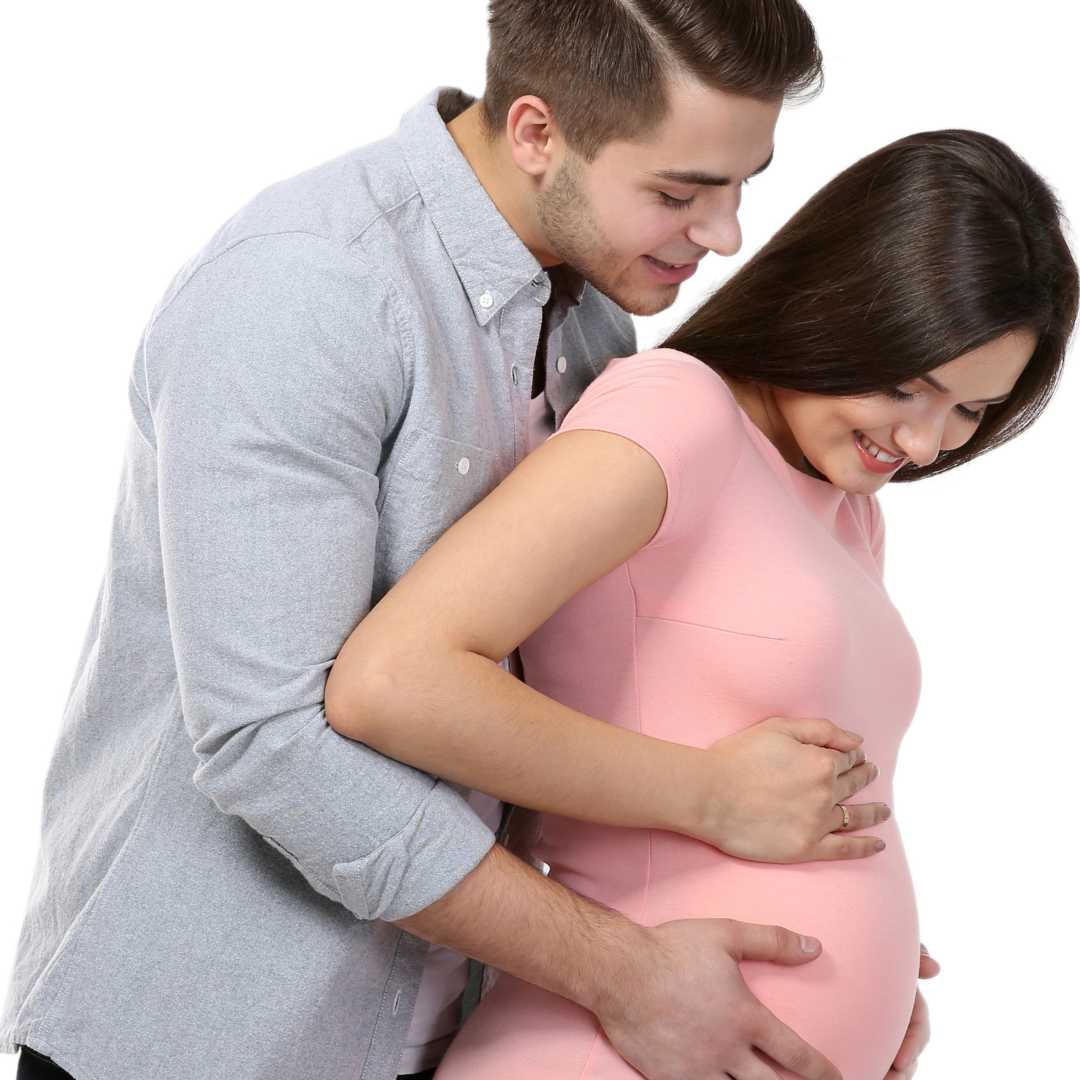
.png)
.png)

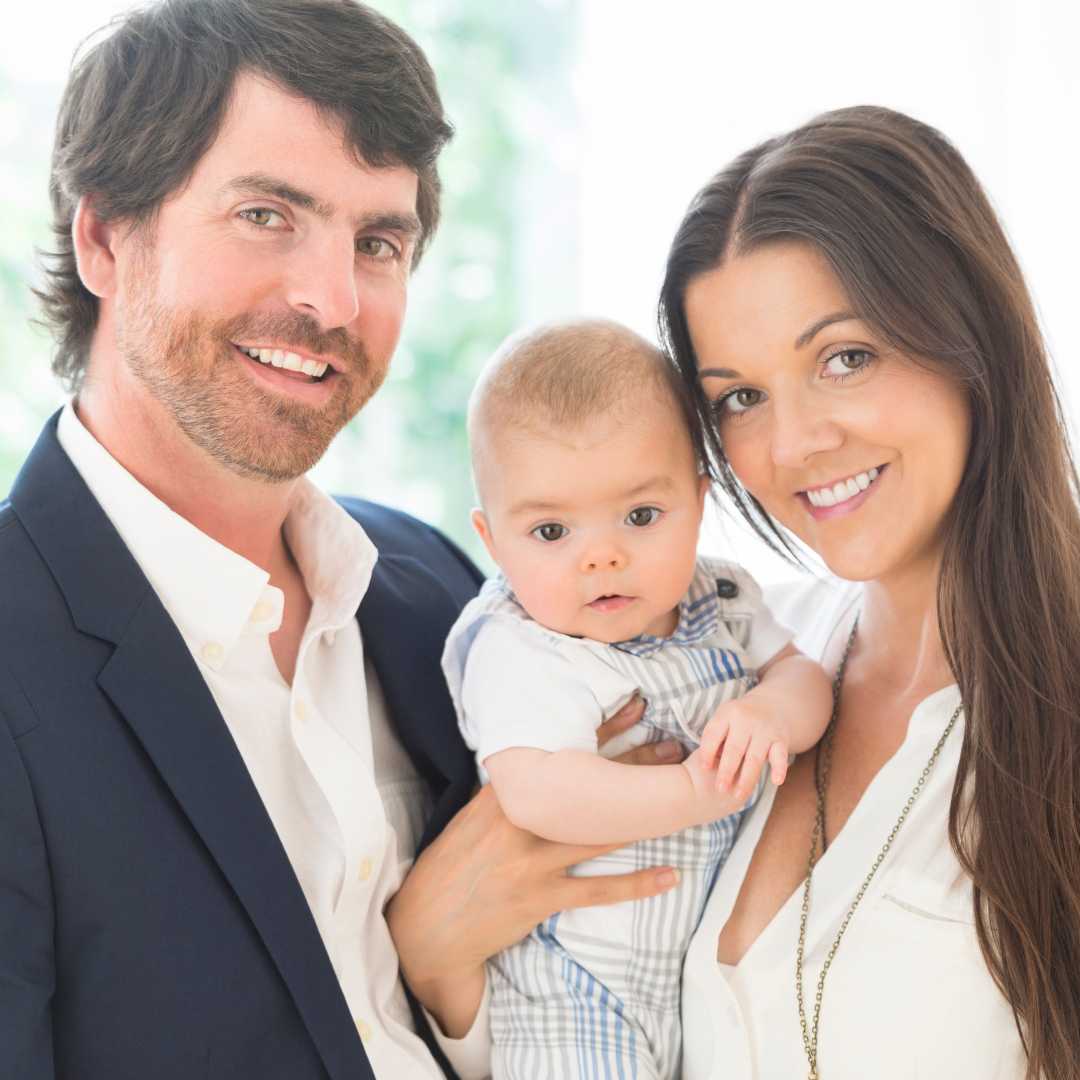
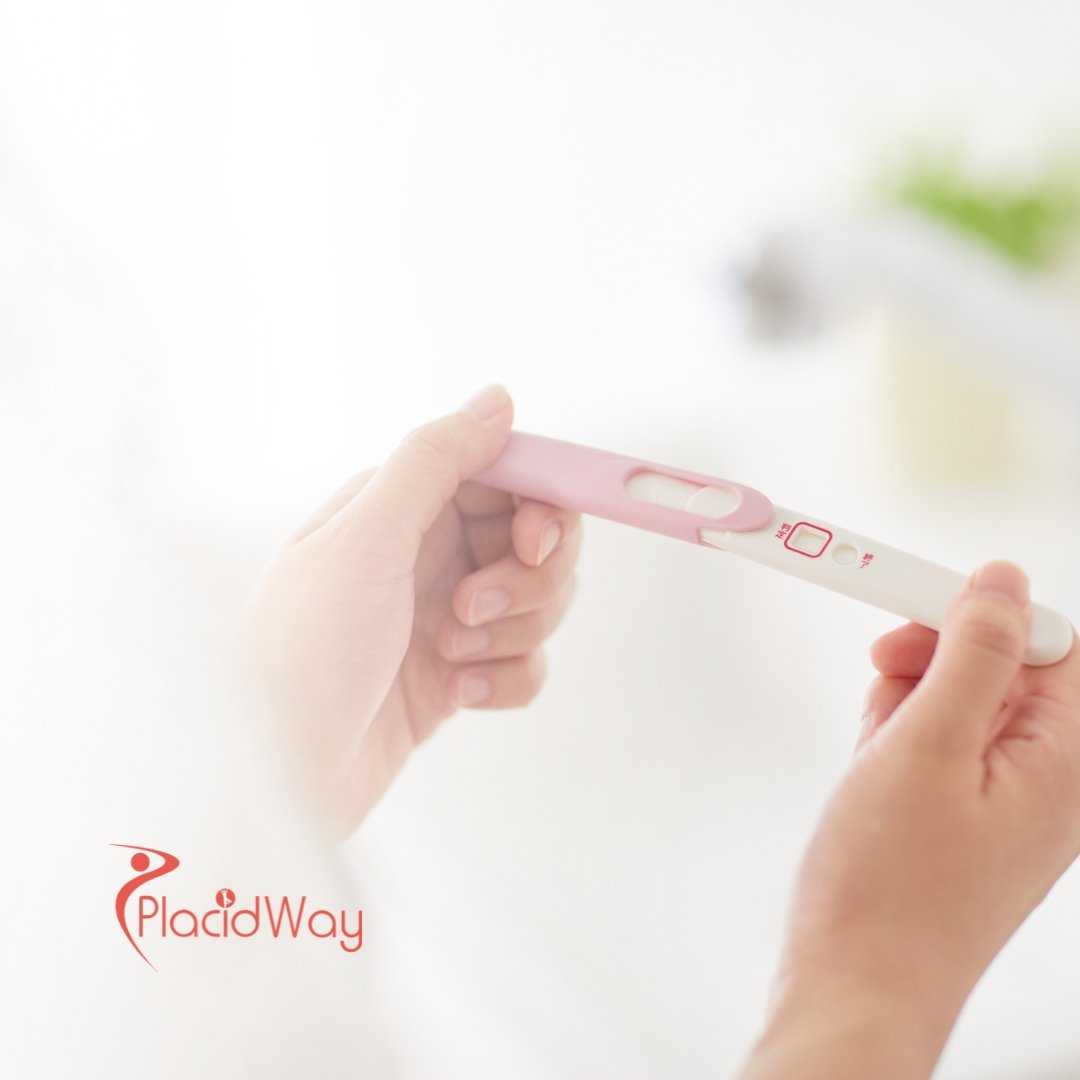
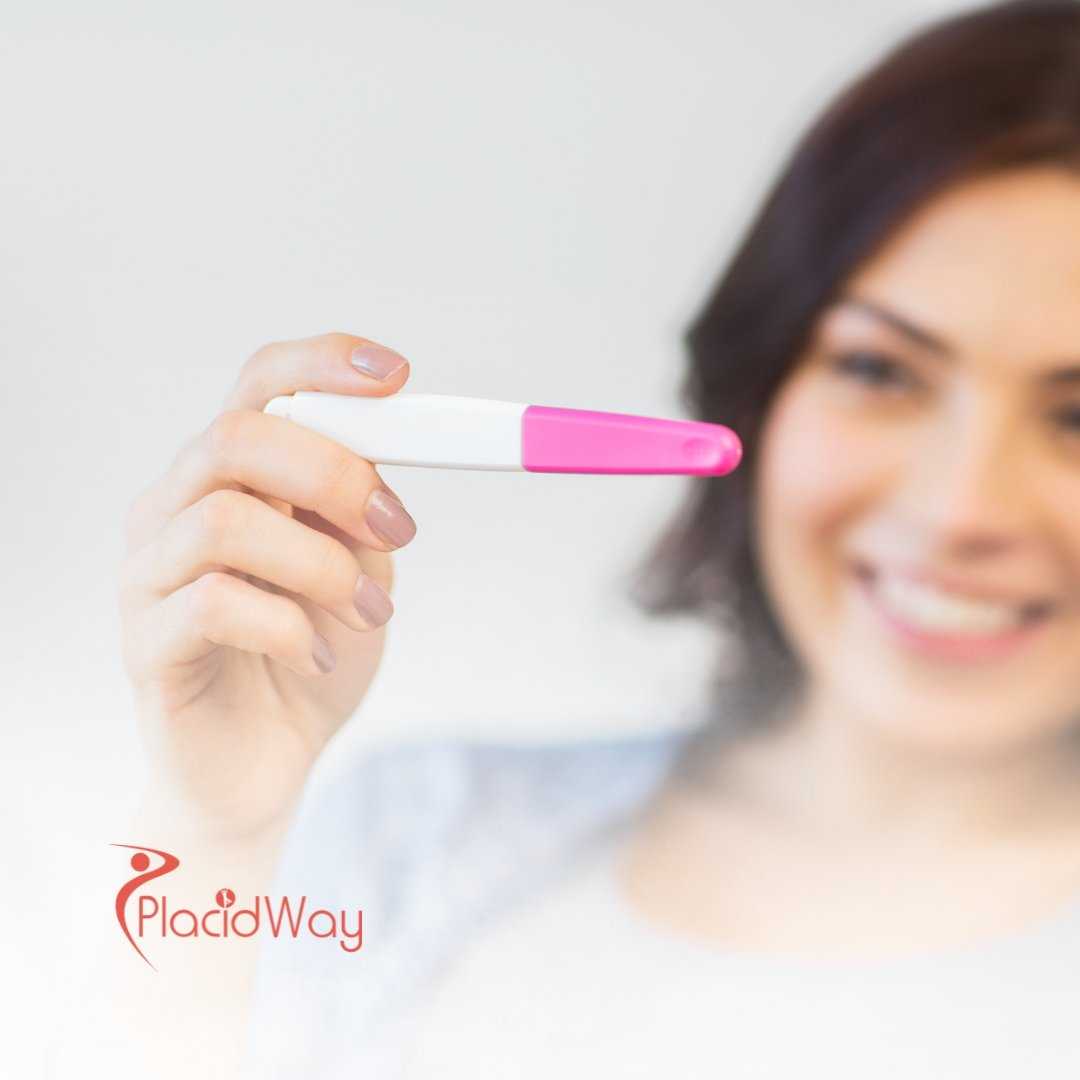

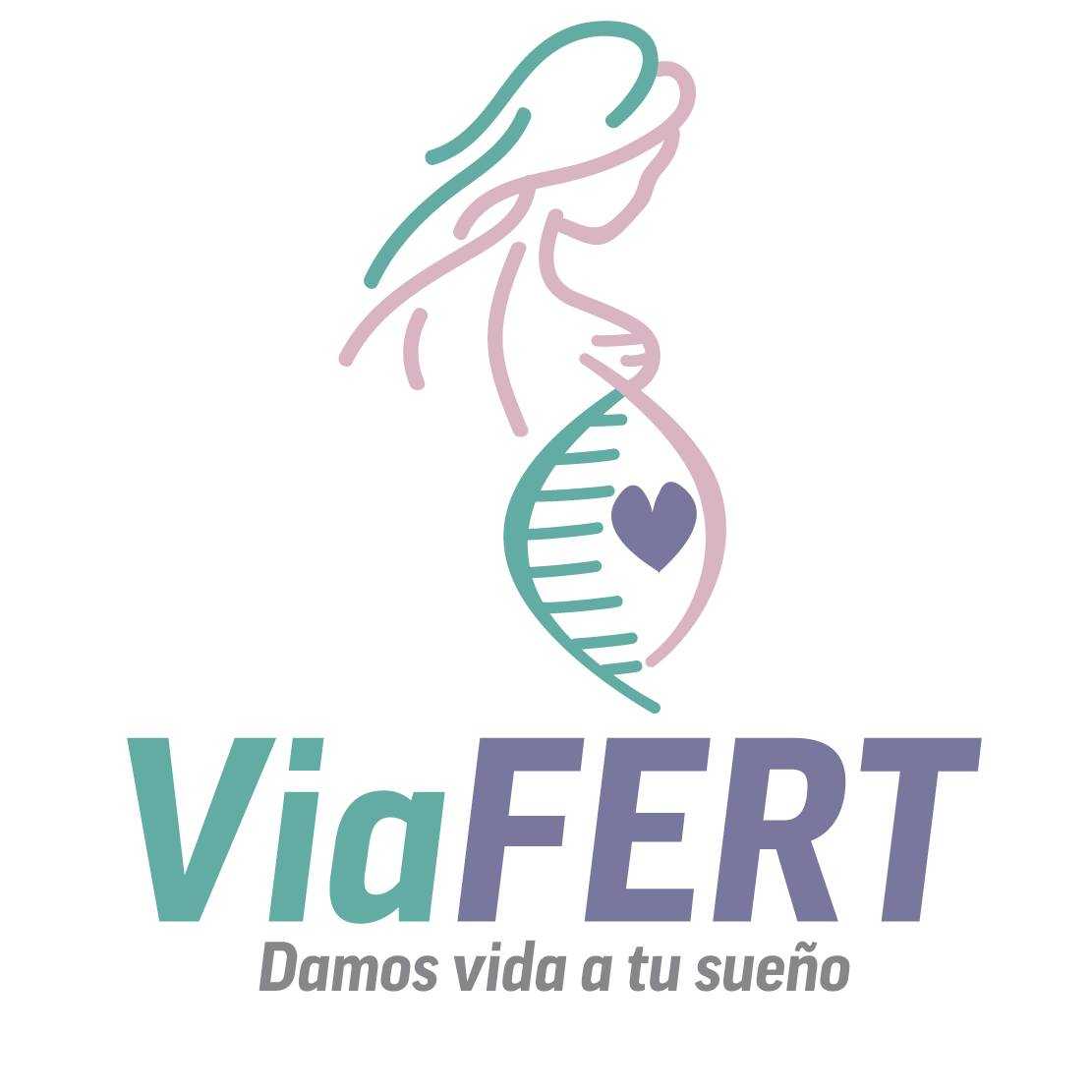
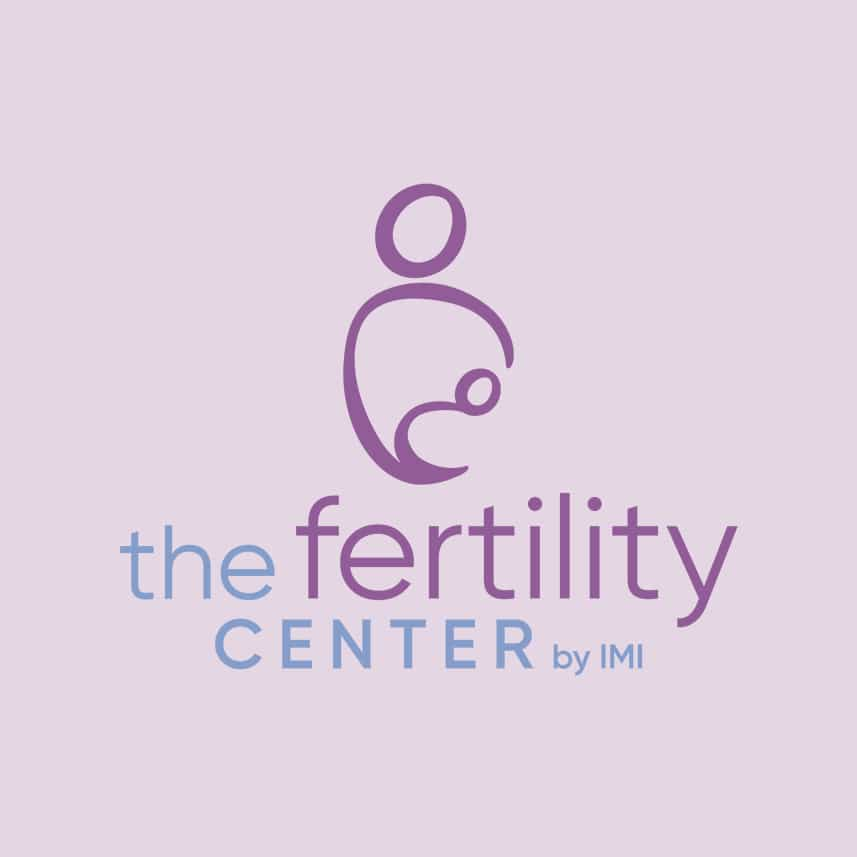


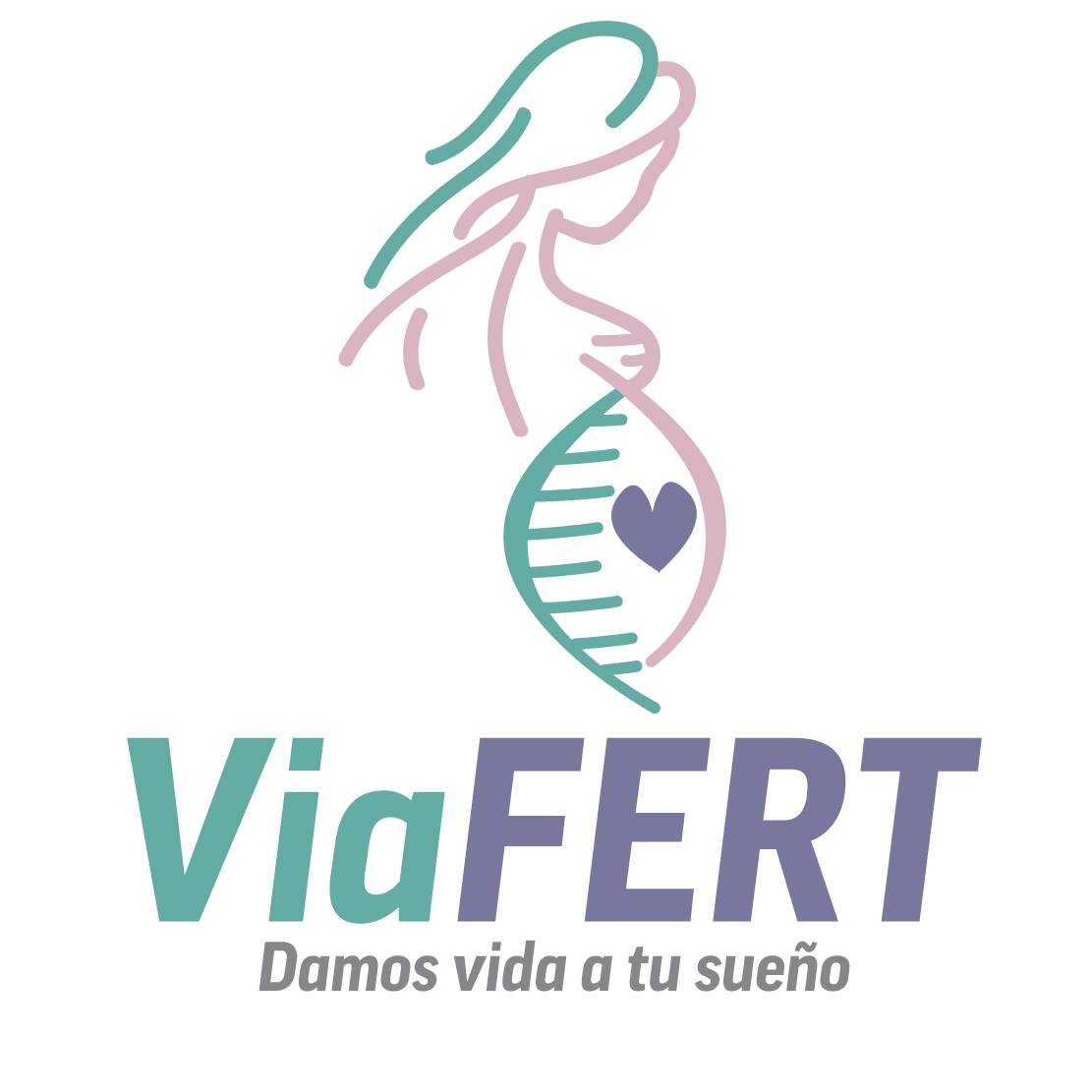

Share this listing